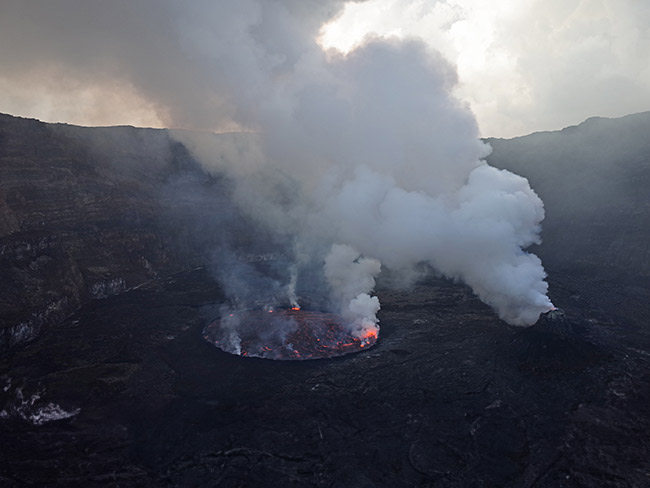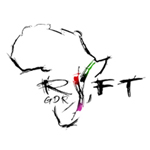Webinaire GEO@EAIFR
20 mars 2024
L’Institut d’Afrique de l’Est pour la recherche fondamentale (EAIFR) et le Centre international de physique théorique (ICTP) organisent un webinaire GEO@EAIFR. Ce séminaire aura lieu le 20 mars 2024 et sera diffusé en direct sur ZOOM.
Intervenante : Dr. Delphine Smittarello, European Center for Geodynamics and Seismology, Luxembourg
Titre : An unpredictable eruption ? The mechanism behind the Nyiragongo 2021 eruption
Date : 20 Mars 2024 à 12h00 (Kigali time), 11h00 (Paris time)
Inscription nécessaire ici (https://us02web.zoom.us/meeting/register/tZAkf-6rrTIsH9aojLKiMrWIH6hlFMk05hmt#/registration).
Le séminaire sera enregistré et posté ultérieurement sur la chaîne YouTube de l’ICTP-EAIFR, où l’on peut trouver les précédents webinaires GEO@EAIFR enregistrés.
Tous les participants sont les bienvenus.
Brève biographie de l’intervenante : J’ai effectué mon doctorat à ISTerre (France), en travaillant sur la propagation des digues avec Virginie Pinel et Valérie Cayol (2016-2019). En 2020, j’ai commencé à travailler à l’ECGS (Luxembourg) en tant que chercheur postdoctoral principalement axé sur la modélisation des données de déformation du sol. Et depuis juin 2022, je suis engagé à l’ECGS en tant que chercheur permanent.
Abstract: On 22 May 2021, Mount Nyiragongo (D.R. Congo), an open-vent volcano with a persistent lava lake perched within its summit crater, produced its third historically known flank eruption and the first ever to be recorded by dense measurements both on the ground and from space. The flank eruption started although no alarming precursory unrest had been reported which highlight the difficulty to monitor permanently erupting volcanoes. This ~6-hour-long flank eruption produced deadly lava flows and was followed–rather than preceded– by an intense seismic crisis strongly felt in the cities of Goma (D.R. Congo) and Gisenyi (Rwanda) where about 1 Millions inhabitants are living. Jointly analysing various in situ data (seismic, acoustic, GNSS, lava sampling) together with remote sensing (radar and multispectral imagery) allowed to characterize the mechanisms behind this eruption. Thus, a structural failure of Nyiragongo edifice most likely produced the ~6 hours long fissure effusion. Then the eruption stopped but the shallow feeder dike continued to propagate from the Nyiragongo edifice to beneath Goma and Gisenyi city centers then below the northern part of Lake Kivu. It finally stopped in front of a regional inherited structure called the Nyabihu fault and reactivated micro-tectonic seismicity in the whole Lake Kivu area. Our study highlights the shallow origin of the dike fed by the drainage of the lava lake plumbing system which led to the temporary disappearance of the world’s largest long-living lava lake. In addition, this volcanic crisis, raises new questions about the mechanisms controlling flank eruptions at Nyiragongo and the possibility to face substantially more hazardous events, such as effusions within densely urbanised areas, phreato-magmatism or a limnic eruption from the gas-rich Lake Kivu.



